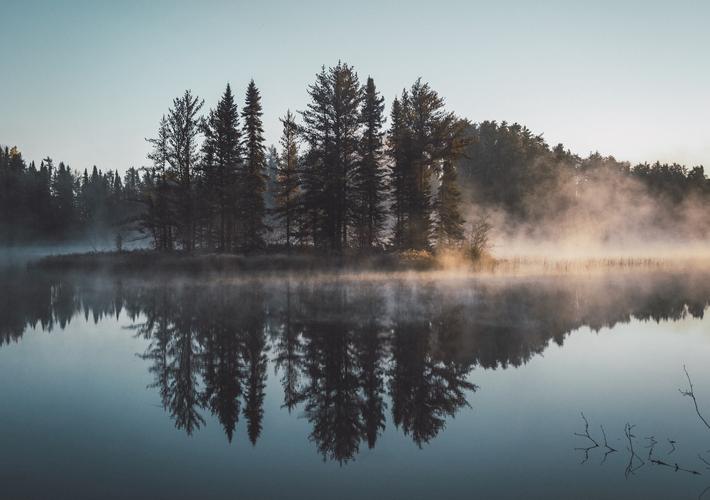The Power of Association: How Conservation Organizations Work Together to Protect Our Planet
Introduction
As the saying goes, “No man is an island.” This maxim couldn’t be truer when it comes to conservation. In the face of mounting environmental challenges, conservation organizations must work together to achieve their goals. These organizations range from small grassroots groups to large international NGOs and they all have one thing in common: a desire to protect our planet. But what makes working in association so powerful? In this article, we’ll examine the benefits of collaboration and how it helps ensure a sustainable future for our planet.
The benefits of collaboration
At its core, collaboration is about leveraging collective resources, skills, and expertise to achieve common goals. When conservation organizations come together, they can achieve greater impact than working alone. Here are a few benefits of working in association:
Increased resources
By working together, organizations can pool their resources, whether it’s funding, equipment, or personnel. For example, the World Wildlife Fund (WWF) and the Wildlife Conservation Society (WCS) have teamed up to combat poaching in Africa. By combining their financial resources, they can fund more patrols and equip them with better technology to track poachers. This collaborative effort has resulted in more arrests and saved countless animal lives.
Shared expertise
Each organization brings its own set of skills and expertise to the table. When working in association, these skills can be shared and multiplied. For example, the Coral Triangle Initiative brings together six countries to protect the world’s most biodiverse marine area. Each country brings its own knowledge of local ecosystems and conservation strategies. By collaborating, the Initiative has been able to develop a comprehensive conservation plan that takes into account the needs of all stakeholders.
More influence
When organizations work together, they have a stronger voice. This is particularly important when dealing with governments, corporations, or other powerful actors. By presenting a united front, conservation organizations can advocate for policies and regulations that protect our planet. For example, the Rainforest Alliance brings together over 1,000 partners to promote sustainable agriculture and forestry. This collaborative effort has helped shape industry standards and encouraged companies to adopt sustainable practices.
Examples of successful collaborations
Collaboration is not just a theoretical concept – it’s something that’s happening every day around the world. Here are a few examples of successful collaborations:
The Global Environment Facility
The Global Environment Facility (GEF) is a partnership of 18 agencies, including United Nations agencies, development banks, and NGOs. It provides funding for environmental projects in developing countries. By bringing together a diverse group of organizations, the GEF is able to fund projects that would be too large or complex for any one organization to undertake.
The Plastic Pollution Coalition
The Plastic Pollution Coalition is a global alliance of organizations working to reduce plastic pollution. The coalition includes more than 1,000 member organizations, from small community groups to large NGOs. By coordinating their efforts, the coalition has been able to raise awareness of the issue and advocate for policies that reduce plastic waste.
The Arctic Council
The Arctic Council is an intergovernmental organization that brings together the eight Arctic States, as well as indigenous organizations. It’s a unique forum where governments and indigenous peoples collaborate on issues such as climate change, sustainable development, and biodiversity conservation. By working together, the Arctic Council has been able to promote conservation in one of the most vulnerable ecosystems on the planet.
Conclusion
In conclusion, collaboration is key to protecting our planet. By working together, conservation organizations can achieve greater impact, share expertise, and advocate for change. As individuals, it’s easy to feel overwhelmed by the scale of environmental challenges we face, but when we come together, we can make a real difference. By supporting collaboration and working in association, we can ensure a sustainable future for ourselves and for generations to come.
(Note: Do you have knowledge or insights to share? Unlock new opportunities and expand your reach by joining our authors team. Click Registration to join us and share your expertise with our readers.)
